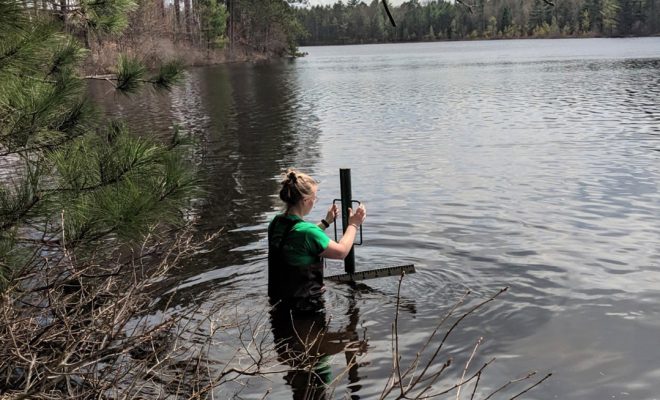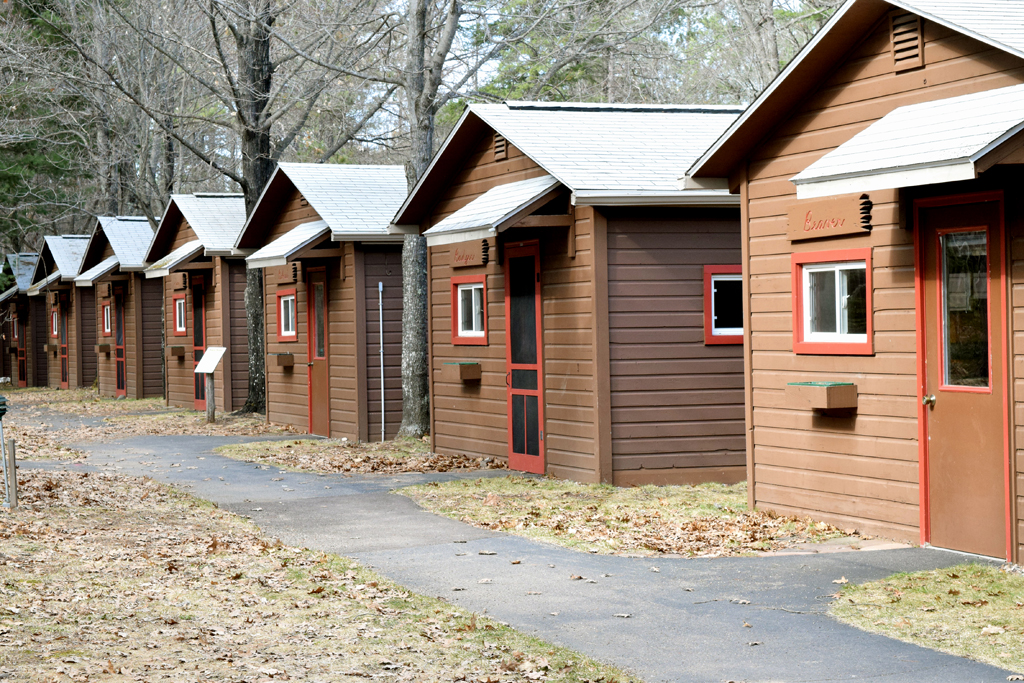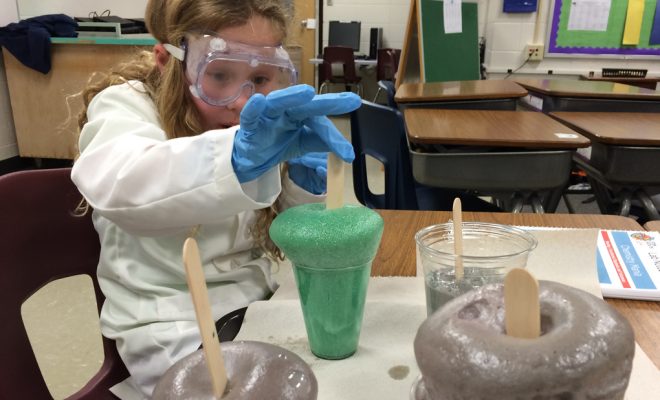Northwoods lake level monitoring effort has long-term goals

By Eileen Persike
Editor
Lake level monitoring will continue in Vilas County, thanks in part to a pair of grants the North Lakeland Discovery Center (NLDC) received. Since 2010 NLDC, located in Manitowish Waters, has coordinated the monitoring on 22 lakes; the data is recorded weekly by citizen scientists. Helping fund the work through grants are the Xcel Energy Foundation and the Wisconsin Department of Natural Resources.
The Discovery Center monitors 22 lakes for this project and 18 are monitored by Lac du Flambeau. It is one of the state’s largest and longest-running projects of its kind.
Record low lake levels in 2008 led to the formation of lake level monitoring networks comprised of concerned citizens and lake property owners. According to the NDLC water program coordinator, the monitoring fosters a sense of stewardship between the volunteers and their lakes.

Volunteers Al Drum, left, and Paul Lewandoski use survey equipment to calibrate a freshly installed lake gauge (Red Bass Lake, Vilas County)
“The volunteers go to their lake to record the lake level at least once a week, and begin to notice changes in their lakes over time,” said Emily Heald. “Many of them often start with lake level monitoring and become involved in other volunteer lake monitoring activities. Volunteers begin to care more about their shared resources, and therefore are more likely to be advocates for healthy lakes.”
Data gathered are then used to compare how different lake types respond to precipitation events, both spatially and over time. The four main goals of the project are to ensure long-term data accuracy and precision, promote statistically sound volunteer data collection, to ensure long-term engagement, and promotion of citizen science and public data sharing.

Volunteers Al Drum, right, and Paul Lewandoski use survey equipment to calibrate a freshly installed lake gauge (Lynx Lake, Vilas County).
“You need many, many years of data to be able to analyze climate effects,” Heald said. “Just a few years and all you see are the effects of annual variability in weather. Long-term monitoring enables us to study trends over time.”
The data generated will also aid efforts across the state and help users better anticipate natural water level fluctuations. Some lakes, Heald noted, are starting to use the lake level information as a basis for setting times of slow no wake.
“This is especially important during times of high water, which we have experienced the last few years,” Heald said. “Water levels affect water quality and clarity, habitat, fish, invasive species and recreational usage of lakes.”
For more information on the Discovery Center or the monitoring program, visit discoverycenter.net.
Leave a reply
You must be logged in to post a comment.






